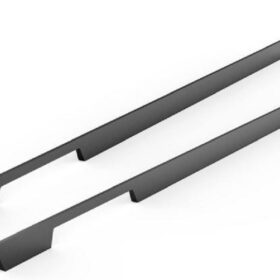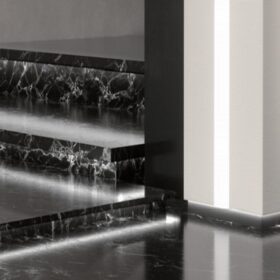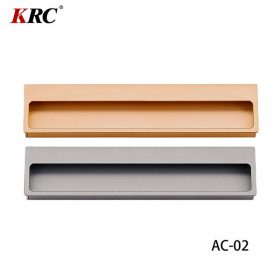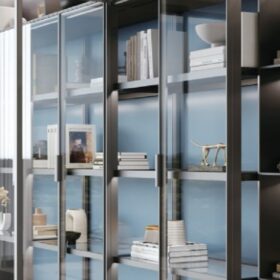The Importance of Ergonomics in Modern Cabinet Handle Design
In the realm of interior design, functionality and aesthetics go hand in hand. Cabinet handles,play a crucial role in enhancing the user experience and overall aesthetics of any kitchen or bathroom cabinetry. Modern cabinet handle design has embraced the principles of ergonomics, prioritizing comfort, ease of use, and inclusivity. This article explores the multifaceted importance of ergonomics in shaping contemporary cabinet handle design.
Accessibility and Inclusivity
Ergonomic cabinet handles promote accessibility and inclusivity for users of all abilities. Handles designed with larger grips, lever-style mechanisms, and anti-slip surfaces facilitate effortless operation for individuals with limited hand dexterity or strength. By eliminating barriers to use, ergonomic handles ensure that cabinetry remains accessible to everyone, regardless of age or physical limitations.
Comfort and Safety
Ergonomic handles prioritize user comfort and safety. Handles with contoured grips and smooth, rounded edges minimize strain on the hands, wrists, and forearms during repetitive use. They reduce the risk of discomfort, pain, and potential injuries associated with awkward or uncomfortable grip positions. Additionally, non-toxic materials and finishes contribute to a healthy and safe environment for users.
Efficiency and Productivity
Ergonomic handles enhance efficiency and productivity in daily tasks. Thoughtfully placed handles allow users to open and close cabinets with minimal effort and fumbling. Smooth, frictionless mechanisms minimize resistance, enabling seamless operation and preventing frustration. By reducing strain and fatigue, ergonomic handles foster a more efficient and productive work environment for both professional chefs and home cooks alike.
Aesthetics and Style
Ergonomic cabinet handles not only enhance functionality but also complement the aesthetics of modern cabinetry. Sleek, minimalist designs seamlessly integrate with contemporary kitchen and bathroom styles, while decorative handles add a touch of personality and style. From brushed metal to handcrafted wood, the range of materials and finishes available allows designers to create handles that harmoniously blend with the overall design scheme.
Environmental Considerations
Sustainable design principles are increasingly incorporated into ergonomic cabinet handle design. Environmentally friendly materials, such as bamboo or recycled metals, reduce the carbon footprint of cabinetry. Handles designed for durability and longevity minimize the need for frequent replacements, further contributing to environmental sustainability.
Conclusion
Ergonomics has revolutionized modern cabinet handle design, placing user comfort, accessibility, and functionality at the forefront. By prioritizing ergonomic principles, designers create handles that enhance the user experience, promote inclusivity, and complement the aesthetics of contemporary cabinetry. As the demand for ergonomic and sustainable solutions continues to grow, the importance of ergonomics in cabinet handle design will only become more pronounced, ensuring a harmonious and user-friendly living environment for all.
-
2024-09-14Exploring the Different Types of Modern Closet Door Pulls and Their Applications
-
2024-09-14How Cabinet Door Pull Handles Support High-Traffic Areas
-
2024-09-06Cost-Benefit Analysis of Investing in High-Quality Long Wardrobe Door Handles
-
2024-09-04How Flat Cabinet Handles Enhance Modern Interior Design
-
2024-11-29Top Trends in Modern Kitchen Cabinet Pulls for 2024
-
2024-11-28The Ultimate Guide to Modern Kitchen Cabinet Pulls- Materials, Styles, and Tips
-
2024-11-27Elevate Your Kitchen Design with These Must-Have Modern Cabinet Pulls
-
2024-11-26Sleek and Stylish- The Best Modern Kitchen Cabinet Pulls for a Contemporary Look






